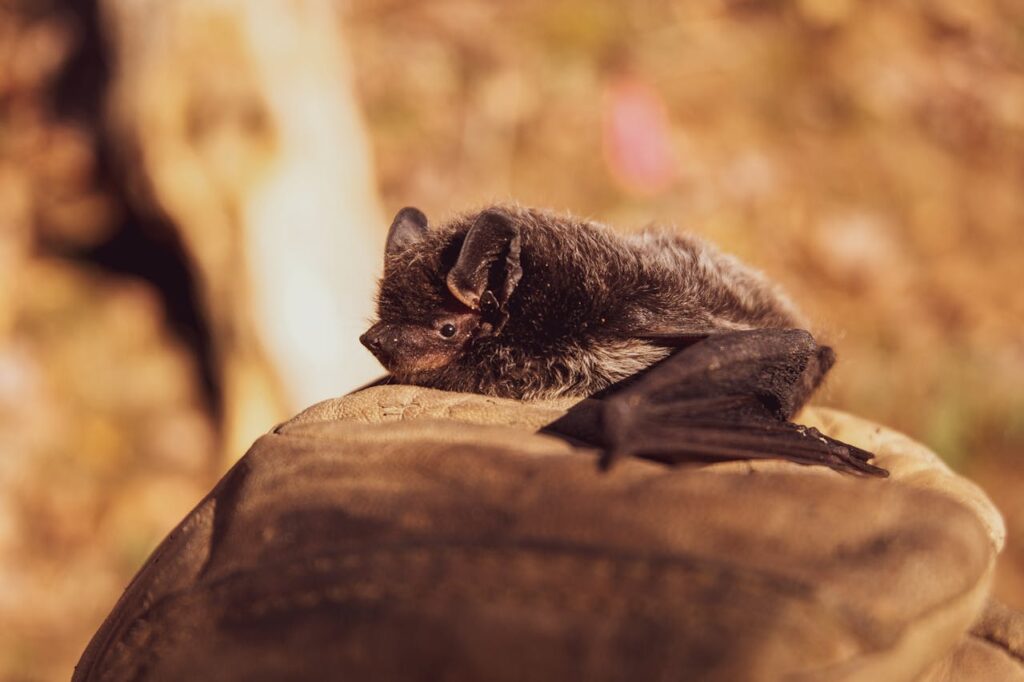
Bats are fascinating creatures that play a crucial role in ecosystems by consuming insects and pollinating plants. However, when they take up residence in human structures, they can become a nuisance and pose health risks. If you’re dealing with a bat infestation, it’s essential to handle the situation safely and effectively. In this guide, we’ll explore proven strategies for bat control, drawing upon the expertise of Pest Wildlife Pro, a trusted provider of pest control services.
Understanding the Behavior of Bats
Before attempting bat control, it’s crucial to understand the behavior of these nocturnal creatures. Bats often roost in dark, secluded areas such as attics, chimneys, or wall voids during the day and emerge at night to hunt for insects. They may enter buildings through small openings or gaps in roofs, walls, or foundations.
Conducting a Thorough Inspection
Begin the bat control process by conducting a thorough inspection of your property to locate areas where bats may be roosting or entering the building. Look for signs of bat activity such as droppings, urine stains, greasy marks, or squeaking noises coming from walls or ceilings.
Exclusion and Sealing
Once you’ve identified potential entry points, it’s essential to seal them off to prevent bats from re-entering the building. Use materials such as caulk, foam, or wire mesh to seal gaps, cracks, or openings in roofs, walls, or foundations. Pay close attention to areas around roof vents, chimneys, attic vents, and utility penetrations.
Installing Bat Exclusion Devices
Bat exclusion devices are specialized devices designed to allow bats to exit a building but prevent them from re-entering. These devices are typically installed over entry points such as vents or gaps in walls or roofs. Once the bats have exited the building, the devices are removed, and the entry points are sealed to prevent re-entry.
Removing Bats from the Building
If bats are already roosting inside the building, it may be necessary to remove them safely and humanely. This process should be conducted at night when bats are most active and using exclusion devices to allow them to exit. Avoid using traps or poisons, as these methods can harm bats and are not effective for controlling bat populations.
Cleaning and Sanitizing
After bats have been removed from the building, it’s essential to clean and sanitize the area to remove bat droppings, urine, and other contaminants. Wear protective gear such as gloves, masks, and goggles to avoid exposure to bat droppings, which can carry diseases such as histoplasmosis.
Preventing Future Infestations
To prevent future bat infestations, take steps to make your property less attractive to bats:
- Trim trees and shrubs away from the building to eliminate potential roosting sites.
- Install bat houses in nearby trees or on the exterior of the building to provide alternative roosting options for bats.
- Keep doors and windows closed, especially at night when bats are active, to prevent them from entering the building.
Methods for Bat Control Explained
Bat control requires careful planning, proper safety precautions, and often the expertise of trained professionals. By understanding bat behavior, conducting a thorough inspection, sealing entry points, and implementing exclusion techniques, you can effectively manage bat populations and ensure the safety of your property and those who inhabit it. With the help of Pest Wildlife Pro and other trusted pest control services, you can enjoy a bat-free environment while preserving these essential nocturnal creatures in their natural habitats.

